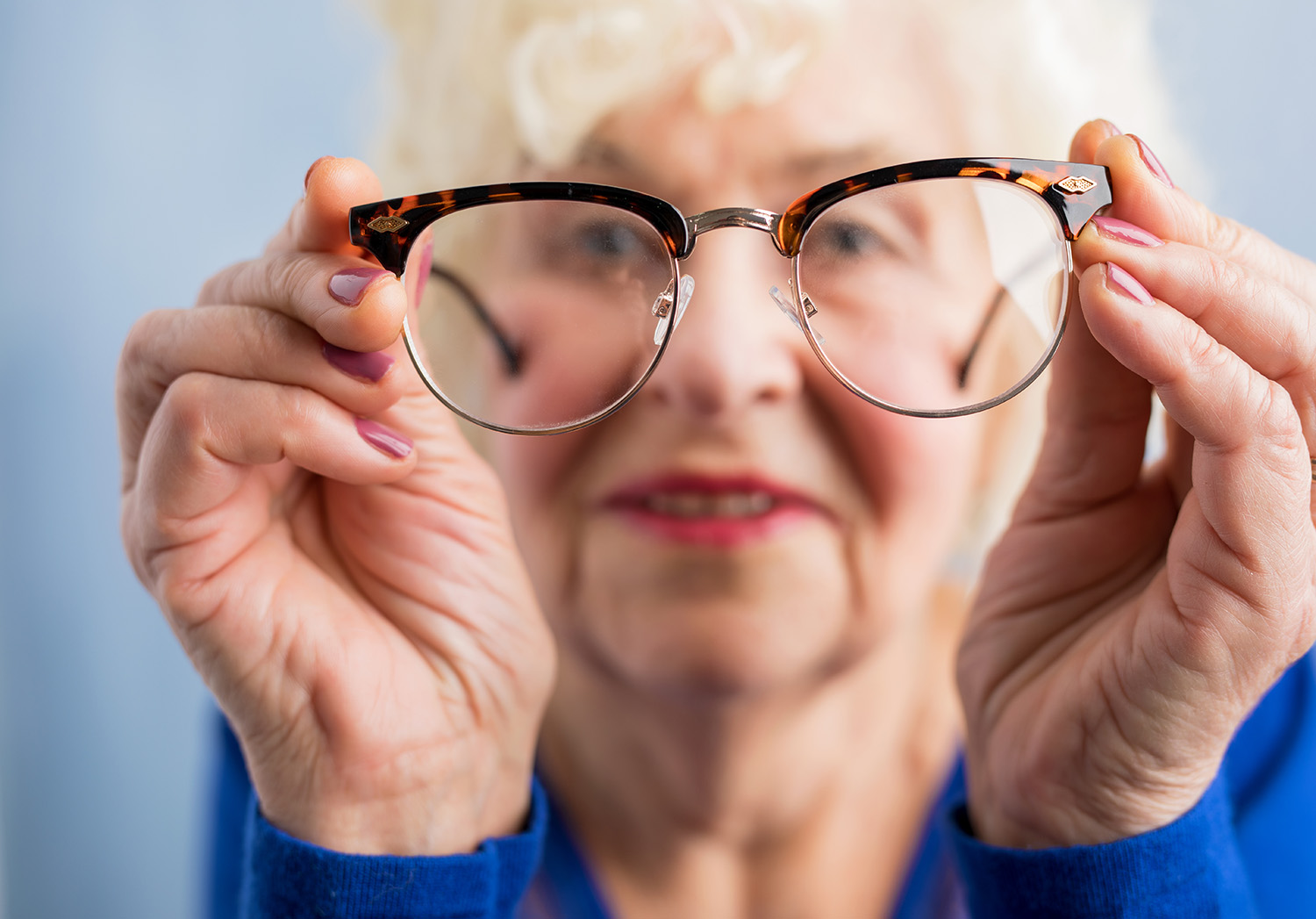Home safety tips for vision-impaired seniors
 It may take a long time for you to notice that your loved one has seriously impaired vision. Most seniors are inventive and clever in learning to compensate for failing eyesight and cover their difficulties until an accident makes the issue all too clear.
It may take a long time for you to notice that your loved one has seriously impaired vision. Most seniors are inventive and clever in learning to compensate for failing eyesight and cover their difficulties until an accident makes the issue all too clear.
If you notice that your loved one has difficulty reading, has quit hobbies that require sharp eyesight (such as crosswords, puzzles or sewing), or has moved their furniture closer and closer to their TV, it's time to talk to their physician about their eyesight. Not only can it be a hazard to the one you love, but it can also be a hazard to others if they continue driving.
Some simple and inexpensive steps can make home life easier to navigate for seniors who are having issues with their vision.
Keep décor simple. Avoid patterns on upholstery and curtains. Get rid of glass-top tables and incidental pieces, such as extra chairs, floor vases or floor lamps that are rarely used but can be a trip hazard. Keep floor areas clear, especially around high traffic areas like hallways, doorways, and stairways.
Lighting should be adequate, but soft to prevent reflections, confusing shadows and blinding glare. Soft, low-glare task lighting in the kitchen, at desks or on bedside tables is an easy way to brighten up areas where seniors may be doing close, intricate work.
Increase the lighting in stairwells, closets, in the shower, bedroom closets, pantries, etc. It can be easy to overlook the need to light these small spaces. Night lights with sensors placed throughout the home is an inexpensive safety measure. Consider motion sensor lighting in hallways, or even bedside lamps, to make sure seniors aren’t stumbling for a switch in the dark.
Contrast can be used to help those with impaired vision navigate the home. Consider contrasting door frames, switch plates, outlets, doorknobs and handrails, even a toilet seat. High contrast can help those with low vision not only locate what they are looking for but also better judge the distance to that object. Bright contrasting furniture or throws can help seniors find their favorite chair. Even the floor and walls, or at least baseboards, should contrast each other to help seniors map out their paths through the home.
Not only should stairwells be well lit and have a contrasting handrail, but it is also a good idea, when possible, to paint the risers and the steps in contrasting colors. Use brightly colored, textured grip tape to lower the risk of slips and falls.
It's critical to keep up with outdoor maintenance as well, especially during the winter months when it stays dark longer, and there is the added risk of tripping and slipping on ice and snow. Make sure doorways, steps, ramps and pathways are well lit and in good repair. Keeping outdoor areas free of yard debris, ice and snow are important for any senior to prevent falls, but especially for those who have poor vision.
An assessment from Belvedere Home Care can help spot potential hazards in a senior loved one's home. Contact us today for more information at (518) 694-9400.

